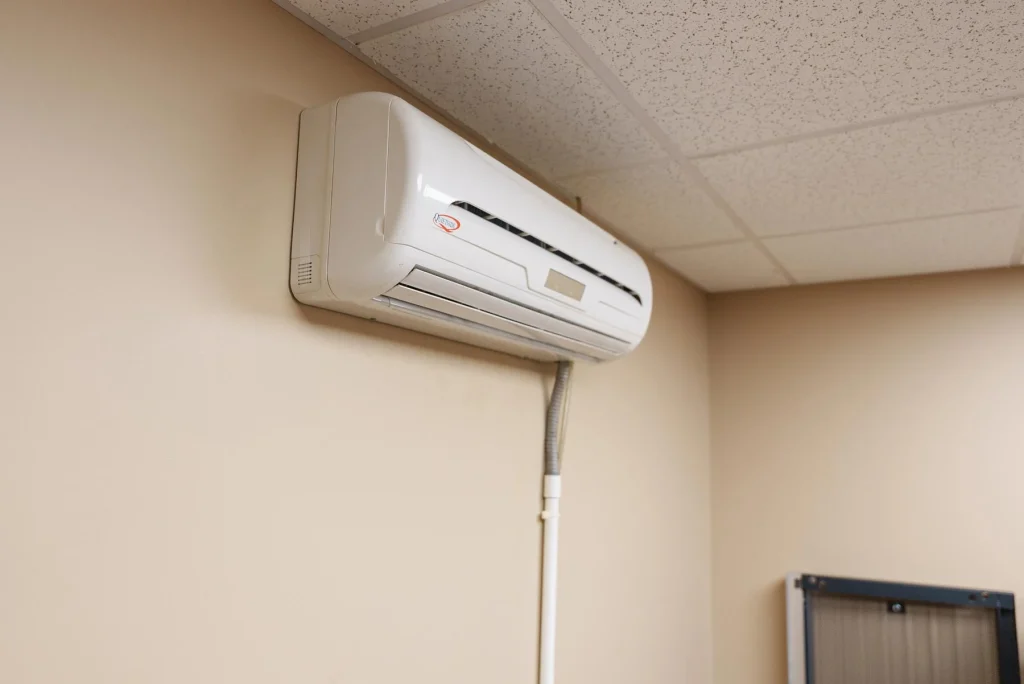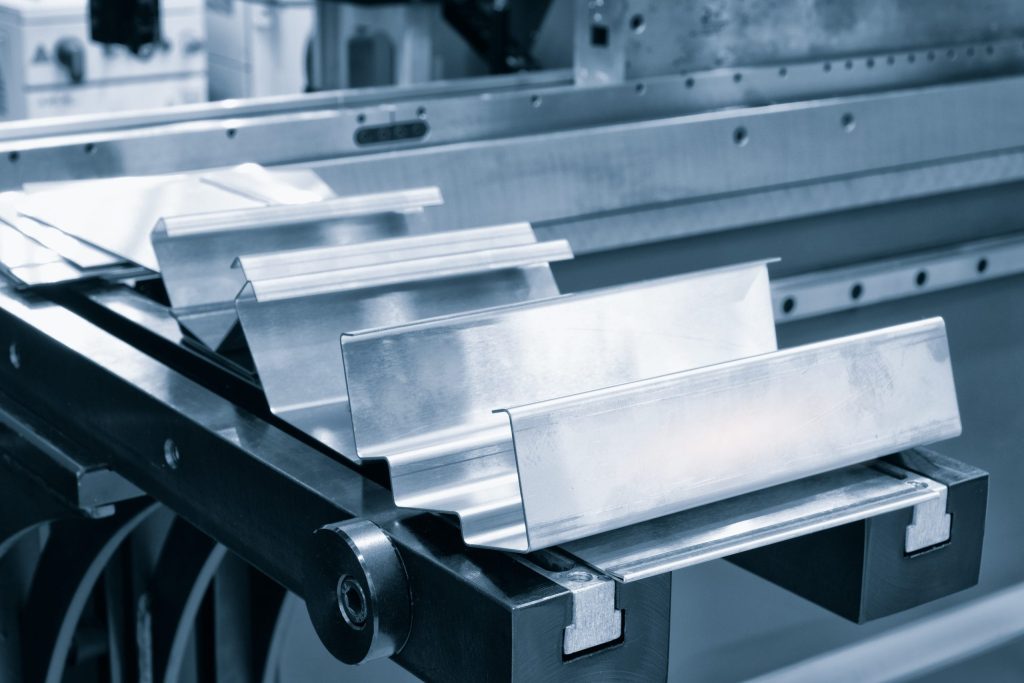Controlling the temperature in different parts of your home can improve comfort and save energy. Mini split air conditioning AC systems make this easy by allowing you to create separate climate zones in your living space. Unlike traditional central AC units that cool or heat the entire house at once, mini splits provide targeted cooling or heating exactly where it is needed. This zoning ability not only enhances comfort but also reduces energy waste by avoiding unnecessary cooling or heating of empty rooms.
What Are Mini Split AC Systems?
Mini split ACs are ductless systems consisting of an outdoor compressor and one or more indoor air-handling units. Each indoor unit operates independently, which means you can control the temperature of individual rooms or zones separately. This design gives homeowners more control and flexibility than traditional systems.
How Mini Split Systems Create Energy Zones
The mini split ac allows you to divide your home into distinct zones with customized temperature settings. For example, you can keep the living room cooler during the day while setting bedrooms to a different temperature or turning off AC in unused spaces. This zoning approach helps optimize energy use based on actual needs.

Creating Energy Zones with Mini Split ACs
- Personalized Comfort: Each family member can enjoy their preferred temperature in their room.
- Energy Savings: You avoid wasting energy on areas that are not in use.
- Reduced Utility Bills: Less energy consumption translates directly into lower electricity bills.
- Flexible Installation: Mini splits can be installed in new or existing homes without ductwork.
- Quiet Operation: Indoor units run quietly, enhancing home comfort.
Maximize Energy Efficiency with Mini Split Zones
- Set Different Temperatures by Zone: Use higher or lower temperatures in rooms based on usage patterns.
- Turn Off Zones When Not in Use: Switch off AC in rooms that are empty or rarely used.
- Use Timers and Smart Controls: Schedule operation times and control zones remotely using apps or smart home devices.
- Maintain Your System Regularly: Clean filters and service units to keep the system running efficiently.
Practical Example of Energy Zoning at Home
Imagine a two-story home where the upstairs bedrooms are less used during the day. You can set the mini split system to cool only the downstairs living areas during the day, then switch to cooling the bedrooms at night. This way, energy consumption matches real-time usage, reducing waste.
Final Thoughts
Mini split AC systems offer a simple yet powerful way to create energy zones in your home. By customizing temperatures for each room, you gain better comfort and save money on energy bills. The ability to control zones independently makes mini splits a smart choice for efficient climate control without the complexity of ductwork. If you want to improve your home’s energy efficiency and enjoy personalized comfort, mini split AC zoning is a practical and effective solution.
- Mini split ACs provide independent temperature control in different rooms.
- Zoning reduces energy waste and lowers electricity bills.
- Benefits include personalized comfort, quiet operation, and flexible installation.
- Use timers and smart controls for better efficiency.
- Regular maintenance keeps the system running smoothly.
- Energy zoning matches cooling/heating to actual room usage.

